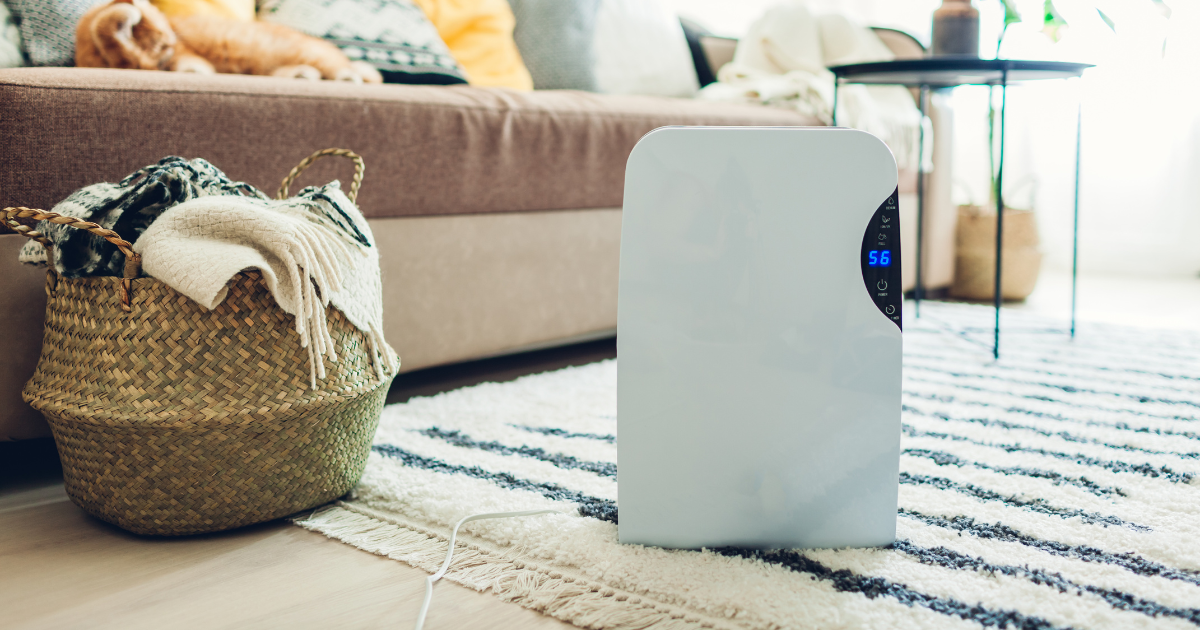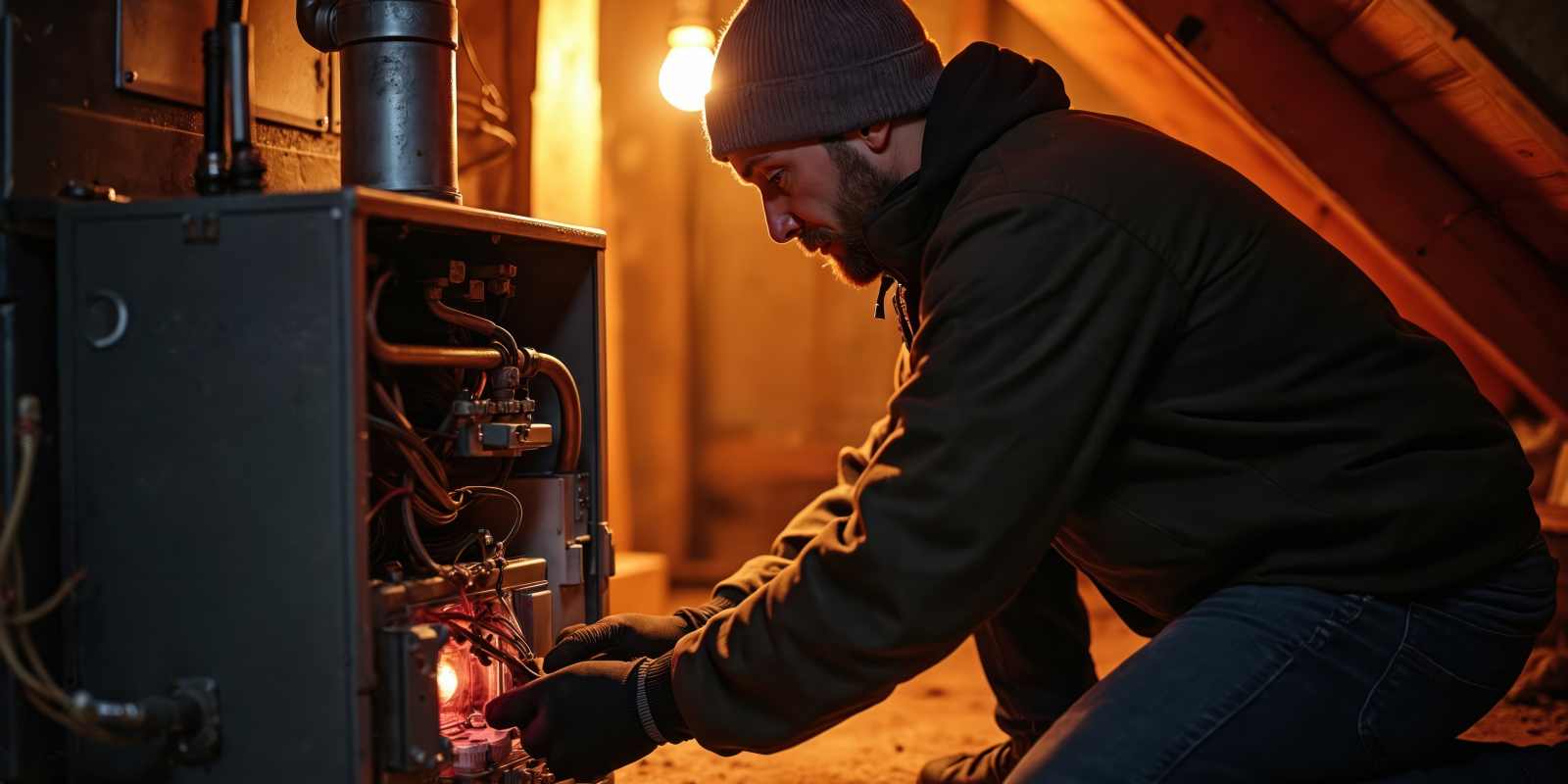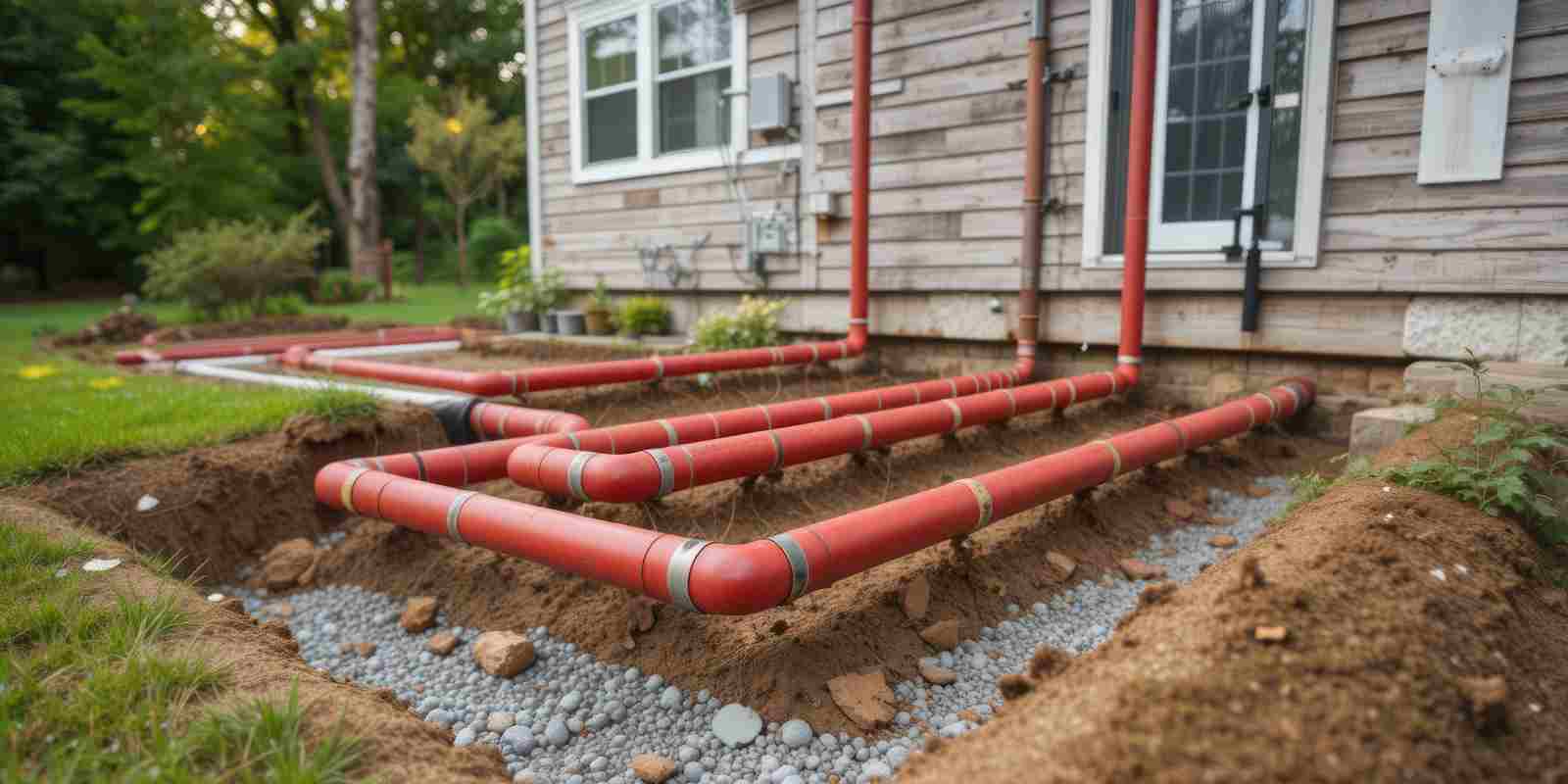
There’s a reason your home might feel just a little uncomfortable — even when the temperature seems right. If the air feels heavy or damp in certain rooms, or if you’ve noticed a lingering musty smell that won’t go away, excess humidity could be to blame. And it doesn’t always happen all at once.
“Humidity creep” is a term some HVAC professionals use to describe the slow, often unnoticed rise in indoor moisture levels that builds over time. It’s especially common in older homes and in tightly sealed, energy-efficient spaces without proper airflow. The result? A home that feels less comfortable, less healthy, and harder to keep under control.
Why Humidity Creeps In
Everyday activities — cooking, bathing, laundry, even breathing — release moisture into the air. Normally, this isn’t a problem. But when indoor airflow is limited or your HVAC system isn’t managing humidity well, that moisture lingers and builds up.
In homes across the Northeast, where insulation and sealing are designed for long winters, this can become a year-round issue. You may start to notice:
- That persistent musty smell in a closet, hallway, or laundry room
- Condensation on windows, even when it’s not cold outside
- Sticky or clammy air, despite the AC running all day
- Warped wood, soft drywall, or peeling paint around baseboards
- A noticeable increase in allergy symptoms or fatigue
None of these symptoms are dramatic — but together, they paint a picture of a home where moisture is starting to take hold.
Why It Matters
Humidity over 60% doesn’t just affect how the air feels. It actively changes the conditions in your home — creating a welcoming environment for mold, mildew, dust mites, and other allergens. For people with asthma or respiratory sensitivities, this can increase symptoms and decrease overall indoor air quality.
There’s also the matter of efficiency. Humid air holds heat differently than dry air, which means your cooling system has to work harder to maintain the same temperature. Over time, that extra effort leads to higher energy bills and more wear on your equipment.
So, What Can You Do?
The first step is identifying the problem. Many homeowners assume humidity is just part of summer or weather swings, but if it’s persistent — especially in newer or more energy-efficient homes — it’s worth a closer look.
A licensed HVAC technician can measure your indoor humidity levels and help determine whether your system is effectively managing moisture. Solutions may include:
- Optimizing ventilation in kitchens, bathrooms, and basements
- Installing a whole-home dehumidifier to reduce overall moisture
- Balancing airflow throughout the house to avoid stagnant zones
- Sealing or upgrading ductwork if it’s contributing to uneven humidity distribution
In many cases, these aren’t major renovations — they’re small adjustments that lead to a much more comfortable and healthier home.
Why Subtle Moisture Problems Deserve Your Attention
Humidity creep is subtle — and that’s exactly what makes it a problem. When moisture levels rise gradually, they don’t just affect how your home feels. Over time, they influence air quality, energy efficiency, and the condition of materials throughout the house.
Whether it’s condensation on windows, a musty smell that lingers, or indoor air that feels dense no matter the season, these small shifts often point to a larger pattern. And in many homes, especially in the Northeast, that pattern is tied to ventilation and moisture control.
Understanding how humidity behaves in your space is the first step toward maintaining a healthier, more balanced indoor environment — not just in summer, but year-round



